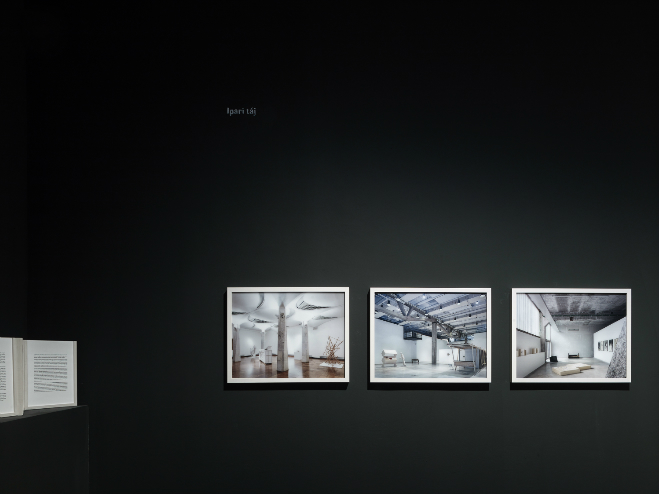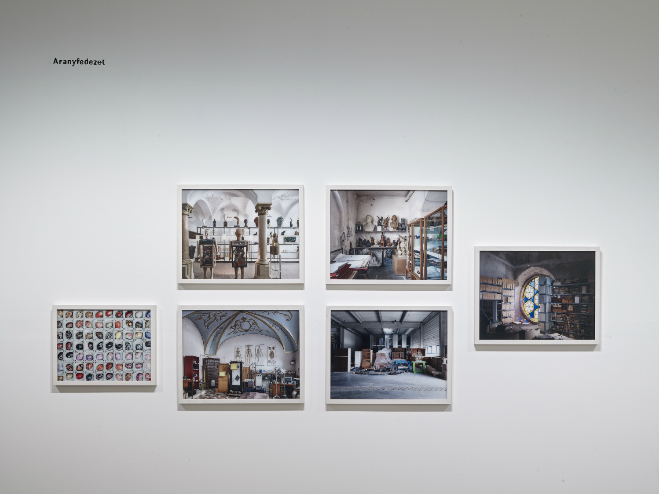Museum: a slow genre
EXHIBITION
A museum is a place where objects, pictures, texts and ideas are ‘included’ in a space and present themselves in apparent immobility. Reception requires patience, openness and curiosity, time and slowing down – because a museum is a slow genre.
| Frazon Zsófia |
2016-01-07 14:08 |
A museum is a place where objects, pictures, texts and ideas are ‘included’ in a space and present themselves in apparent immobility. Reception requires patience, openness and curiosity, time and slowing down – because a museum is a slow genre.

When modern museums were founded in the 18th and 19th centuries, pace and rhythm were different. Time went by differently. A work of art and interpretation meant something different. The transformation of acceleration and the use of space not only changed the street but also the museum. Slowness is an old-fashioned tempo from the aspect of the visual and the media’s colonisation of contemporary culture: as if a genre has resisted modernity and change. Yet the rediscovery and culture of slowness is a critical idea in terms of 21st-century understanding.
What does this mean when translated to the language of museums? Does it mean a museum- historical process whereby an archive creates its authoritarian timelessness? Or a methodological field in which the still-picture-like methods of presentation compose a still life around objects, spaces and people? Or an educational situation in which the museum experience is based on thinking? At the crossroads of interactive digital technologies, the culture of new media and sharing slowing down is a virtue based on knowledge and courage. Where museum work suffers due precisely to their absence, it is the most daring undertaking. Let the slow museum be trendy!
Because there is a space that requires absorption and slow attention.
Because there is an age when slowing down is a virtue.
Because there is knowledge which requires slowing down.

How do these ideas appear in the pages of a journal? Where the interior softens into a still life. Where taking a photograph may call for several hours or several days. Where not only turning content into pictures formally but human relations, contexts and chance events experienced during work also play a part. Where a ruin, a fragment, the visibility of hidden details and unfolding the meaningful environment in the imagery is a methodological minimum. Where photography becomes fieldwork and images leave behind their illustrating role.
The photographs about objects, spaces and people in MúzeumCafé, which has been published since 2007, are parts of an archive which can be interpreted as the archive of learning how to facilitate seeing and understanding, as the composed architecture of objects, images, furniture, human beings and text, and as a document of an age, whose pattern can be collated with the museum story.
The first topic: Palm house
The photograph of the railway station in Rožňava recalls the world of museum interiors: it is like a still life and is expressive. Beyond the image you discover a fascinating story in which the invisible care of the local community appears in the same way as the most important issues and spaces of Hungarian museum policy.

“The story of the Andrássy palm trees adorning the railway station in Rožňava is also the story of the 20th century. It speaks about our relationship to listed buildings, beauty and history. The large-scale renovation of the Andrássy Mansion in Betliar for museum purposes began in the 1980s and it was then that the 19th-century palm house, which stood a short distance from the mansion, was demolished. With that, the exotic plants of the pre-World War I English landscape garden, designed by Heinrich Nebbien, became homeless. The fragrant orchids in the glass palm house found refuge at the florist’s in Jablonov nad Turňou, among the red carnations well-known from socialist monuments. Yet they did not cope with the company of their pretty new neighbours – they died. The palms, which originate from the time of Géza Andrássy (1856–1938) and were placed in the garden in front of the mansion in the summers were moved to the airy, light Rožňava railway station during the renovation. Most of the count’s palm trees wasted away – except for one, which the unaware conductor sometimes waters.” (Július Barczi, art historian, director of the Betliar Andrássy Museum; private communication)
The history of the Betliar fortified mansion, built in the 15th century, is connected with the story of the Andrássy family in the second half of the 16th century. The self-taught German landscape gardener Heinrich Nebbien, who transformed the mansion garden into an English landscape park, appeared on the scene when the building was modernised in the 18th and 19th centuries. He is the same Heinrich Nebbien who won 200 gold forints in 1813 for his design submitted for the competition announced by the Budapest Beautification Committee for transforming the City Park into a people’s garden. At that time Nebbien had already worked on the transformation of the Tóalmás, Dolná Krupá and Martonvásár mansion parks, and wherever he went he expended energy on establishing an English landscape park environment. This was also the case with the Betliar mansion park, from where the palm trees were transported to the Rožňava Railway Station and are today protected and cared for by invisible hands; and that is how it was in Budapest’s City Park, whose trees are in focus amidst the most important strategic issues of the museum cause in today’s Hungary.
The palm trees of the Betliar Andrássy Mansion (today Slovak National Museum – Betliar Andrássy Museum) at the Rožňava Railway Station, 2015; Photograph by Csaba Villányi
Museum: a slow gerne